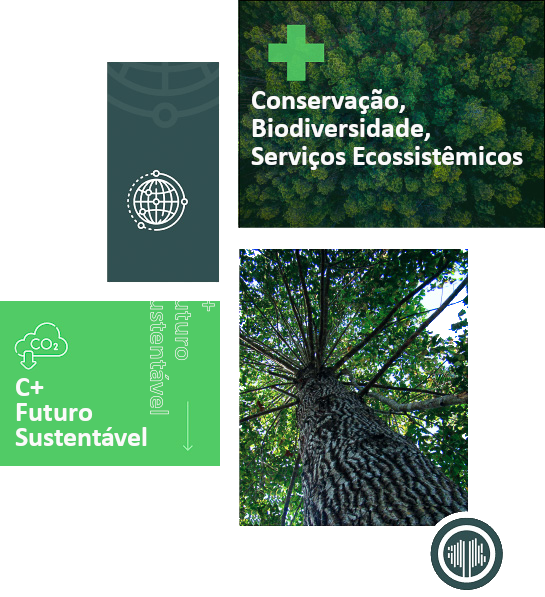Credits for offsetting emissions
We develop carbon and PES projects to generate carbon credits, offset emissions and reward conservation-oriented landowners.
Since 2014, we have innovated and strengthened the carbon and environmental markets in Brazil. We are recognized by the Innovation Agency of the University of São Paulo and we reinvest part of our revenue in research and dissemination of environmental knowledge. We are part of the UN Global Compact on corporate social responsibility and sustainability.






























